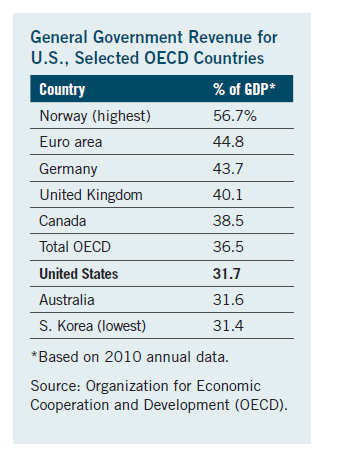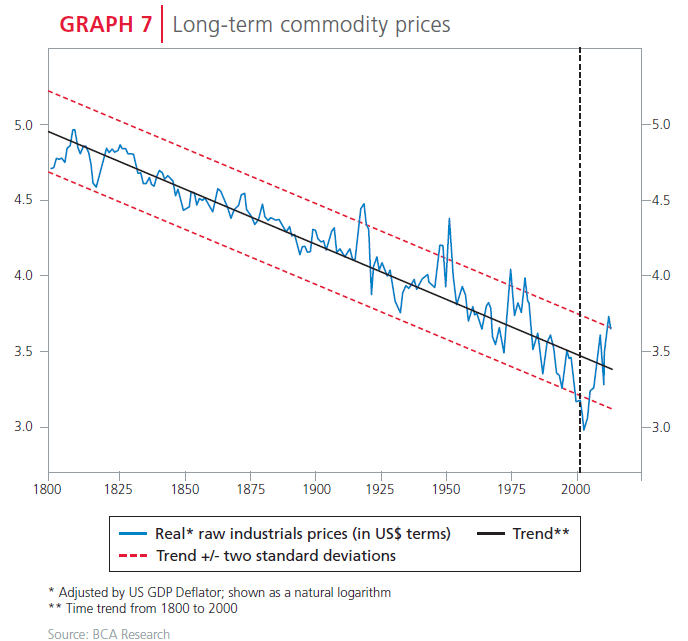The export-oriented German economy at about $3.5 Trillion is the largest in Europe. Unlike other European countries Germany is unique in that the economy is composed of thousands of family-owned small to mid-size companies. In fact, thousands of such Mittelstand firms employ millions of workers in the private sector. These companies are highly successful and supply components and products not just to other larger German firms but also export them to other countries.
In addition to the Mittelstand firms, hundreds of large German companies operate globally and are leaders in their respective fields. BASF AG(BASFY) is the largest chemical maker in the world and holds the leadership position in the industry for decades.These global German companies employ thousands of workers in the countries they operate.For example, the top 50 German multinationals in the US alone employ over 461,000 workers in the U.S. as of 2011, according to a special report by the German American Chamber of Commerce.
While most investors avoid Europe due to ongoing crisis there, smart investors may want to add some of the top companies at the current levels.With a strong economy and solid fundamentals Germany should be the first choice for investors looking to invest in Europe.As many German companies have strong exposure to overseas markets especially the emerging markets they offer better opportunities than companies that mainly focus on Europe.
Compared to other European indices, the German DAX index has performed very well this year with an year-to-date of change of 18.18% as of August 31.
Due to expensive listing fees of the New York Stock Exchange (NYSE) and high regulatory requirements, only about seven German companies trade on the NYSE. So investors looking to invest directly in German firms have to beyond the NYSE such as the OTC markets.
Ten German ADRs trading on the OTC market are listed below for further research:
1.Company: Addidas AG (ADDYY)
Current Dividend Yield: 1.65%
Sector: Footwear
2.Company: BASF SE (BASFY)
Current Dividend Yield: 4.26%
Sector:Chemical Manufacturing
3.Company: Continental AG (CTTAY)
Current Dividend Yield: 2.01%
Sector:Auto & Truck Parts
4.Company: E.ON AG (EONGY)
Current Dividend Yield: Utilities
Sector: 5.73%
5.Company: RWE AG(RWEOY)
Current Dividend Yield: Utilities
Sector: 6.32%
6.Company: Allianz (AZSEY)
Current Dividend Yield: 5.35%
Sector:Nonlife Insurance
7.Company: Linde AG (LNEGY)
Current Dividend Yield:2.08%
Sector:Chemical Manufacturing
8.Company: Deutsche Telekom (DTEGY)
Current Dividend Yield: 7.37%
Sector:Mobile Telecom
9.Company: Henkel AG (HENKY)
Current Dividend Yield:1.64%
Sector:Household Goods
10.Company: Fresenius SE & Co KGaA (FSNUY)
Current Dividend Yield: 1.15%
Sector: Pharma & Biotech
Another simple and easy way to invest in Germany is via the iShares Germany ETF (EWG).The fund has net assets of over $2.7 billion and an yield of 2.87%. The fund’s portfolio includes many of the companies listed above.
Disclosure: Long EONGY, HENKY and RWEOY




